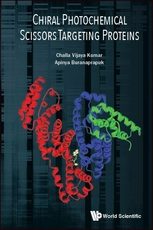
Chiral Photochemical Scissors Targeting Proteins
Photochemical, Protein, Albumin, Lyzosyme, Circular Dichroism, Photocleavage, Sequencing, Mass Spectrometry, Gel Electrophoresis, Fluorescence, Binding, Separation
Authors : Challa Vijaya Kumar (University of Connecticut, USA) and Apinya Buranaprapuk (Srinakharinwirot University, Thailand)
Publisher : World Scientific
ISBN : 978-981-3237-61-2
There are currently no reviews for this book title.
The remarkable ability to target one or even a couple of sites on a large protein with a small molecule, under photochemical control, is a considerable challenge and this challenge has been addressed in some depth in this book. Systematic modification of the structure of the photoreagent provided valuable information on the binding site recognition as well as the mechanism of the photocleavage reaction. Some factors that impact the photocleavage reaction include the exact location of the probe binding site on the protein, conformations of the bound probe at the binding site, protein size, functional groups present on the probe that interact with the protein surroundings either in a favorable or unfavorable manner, overall charge on the photoreagent, and photophysical as well as photochemical properties of the probe. The protein photocleavage studies, in all case, were preceded by detailed binding studies by a variety of spectroscopic methods. Methods as simple as absorption and fluorescence spectroscopies or more sophisticated circular dichroism spectroscopy were used. Conclusions that are most consistent with the binding data indicated a single binding site on most proteins, irrespective of the probe or the protein, with only one exception noted so far. Photoactivation of the bound probe resulted in protein cleavage at a single site, in many instances. The specificity for the reaction has been investigated in detail and molecular modeling studies provided a firm ground to rationalize the observed cleavage sites. The reagents provide unique tools for sequencing large proteins by converting them into smaller fragments by non-biochemical transformations. Understanding of the rules for the above methodology are also investigated which provided rational methods for the design of small molecules that could bind at particular sites on large proteins, and this is a major breakthrough for a variety of fields including drug design, protein targeting, mass spectrometry, proteomics and other cutting-edge research areas.
Details for these authors are currently not available.
There are currently no reviews for this book title.
Buy this book, https://www.worldscientific.com/worldscibooks/10.1142/10922, 13575, false
FAQs
Click on the "Buy this book" button
You can email us at book-review@enago.com and we will get back to you with the next steps shortly.
New Releases
-
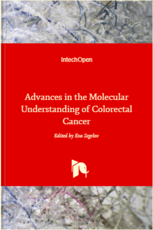
Advances in the Molecular Understanding of Colorectal Cancer
-
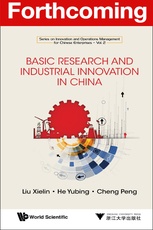
Basic Research and Industrial Innovation in China
-
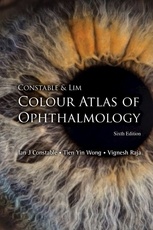
Constable & Lim Colour Atlas Of Ophthalmology: Sixth Edition
-
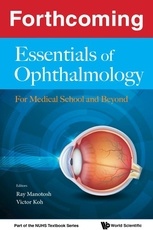
Essentials of Ophthalmology: For Medical School and Beyond
-

Fixed Revenue Accounting: A New Management Accounting Framework
All featured publishers and authors can avail of a free promotional interview on Enago Academy! Write to us now!
